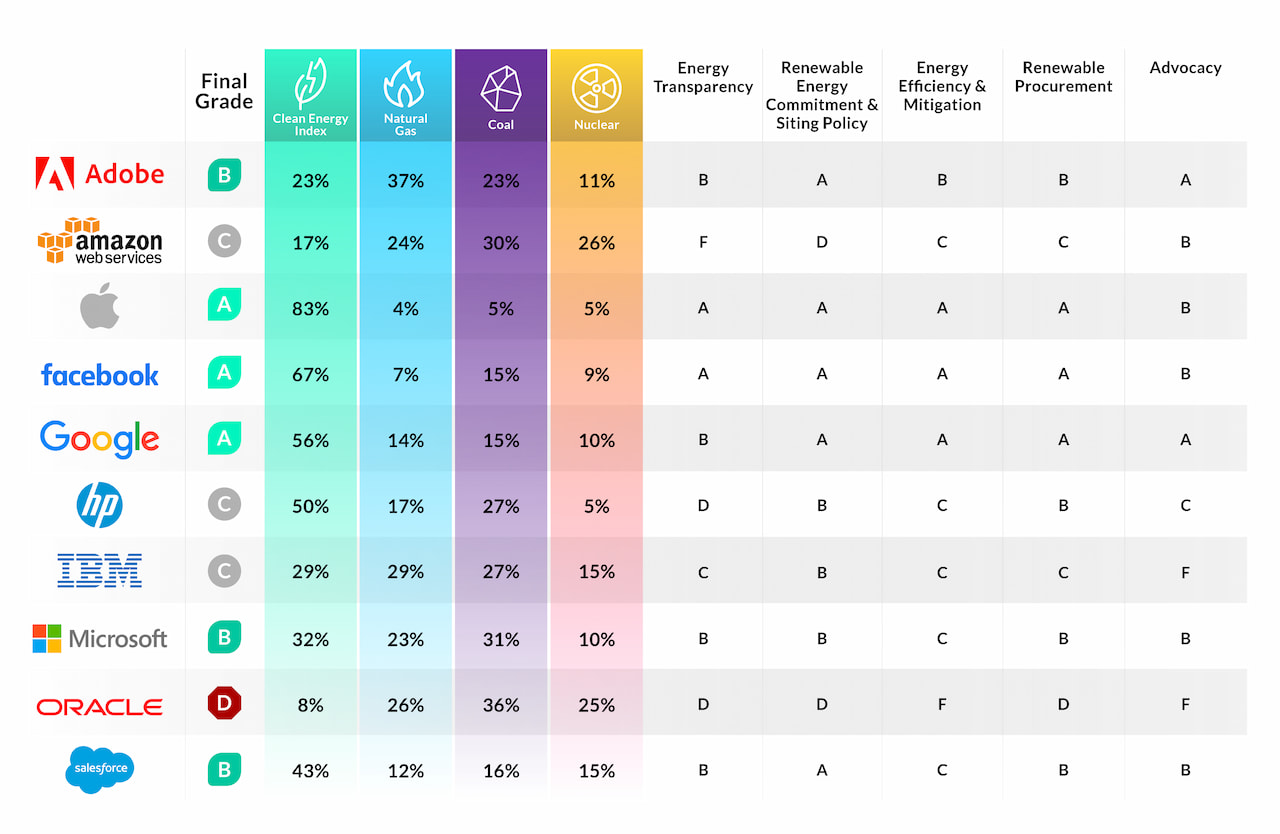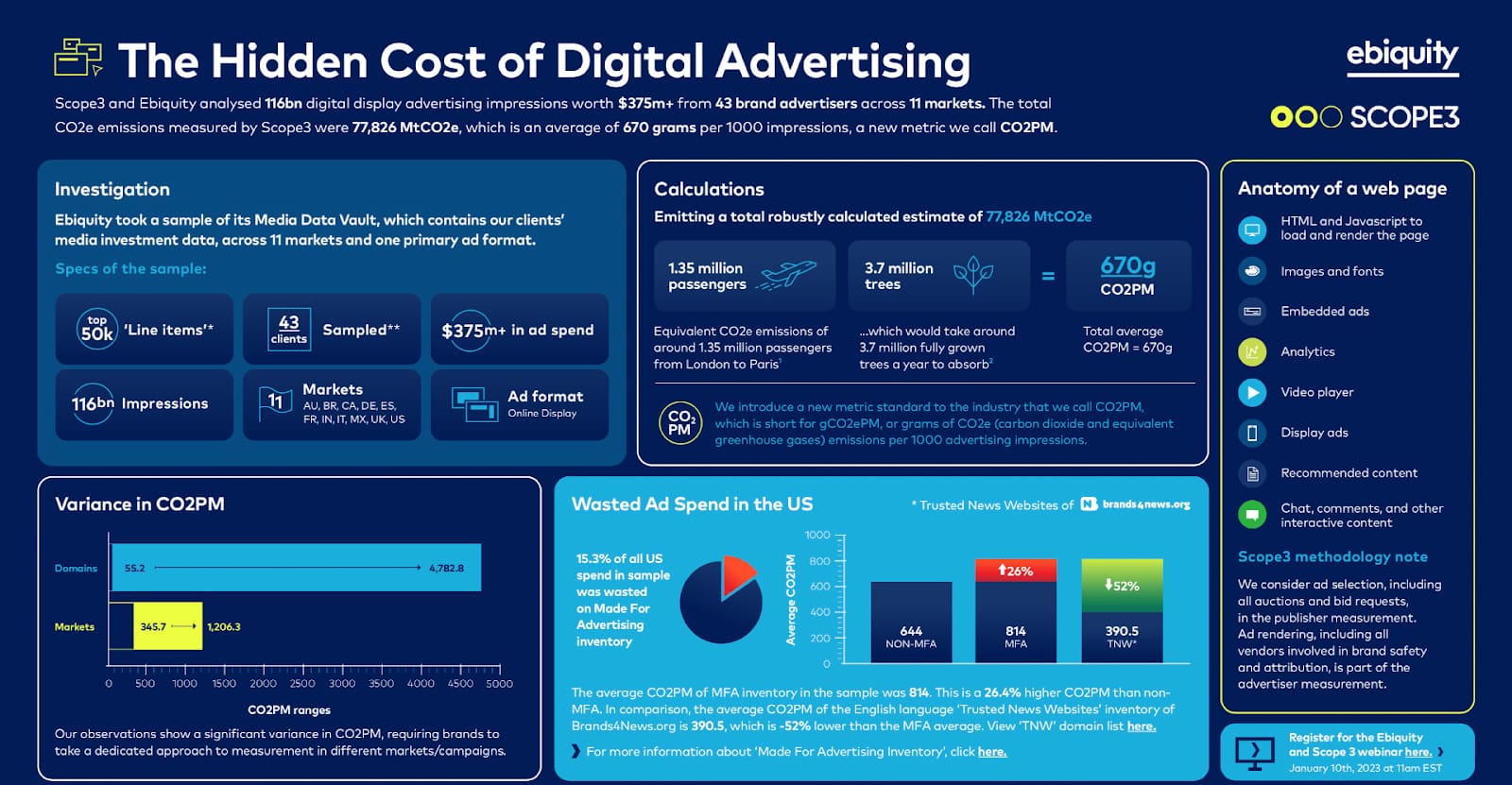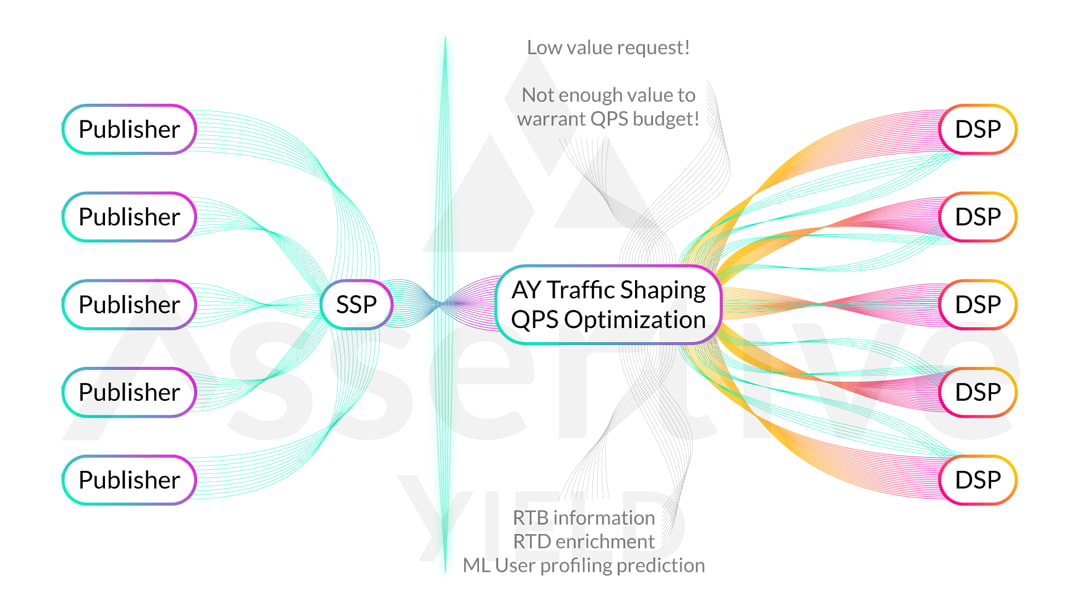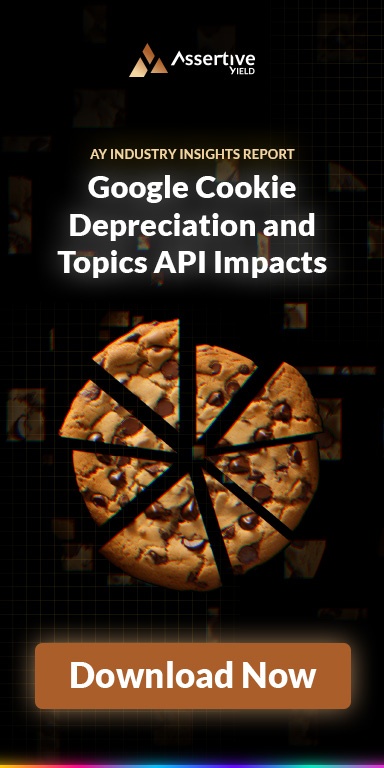How is Programmatic Advertising going green?
The Programmatic Advertising Industry is taking sustainable actions and implementing tools to have an impact on reducing carbon emissions across the demand- and supply-path. Premium players are already going green. Are you?

Carrying out enormous amounts of auctions, bidstream data, and servers involves massive computer power, which comes with the regular carbon emissions that AdTech generates.
Climate change is no longer a topic of debate. Instead, it is a problem that requires action and is on the minds of consumers, brands, media agencies, and investors. The necessity to transition to a greener future has prompted the advertising industry to reconsider its part in emissions production and how it can minimize them.
But will the programmatic advertising business dismiss it as a fad, or will it be around for a while? And, to lessen its carbon footprint, would the industry adopt new green standards?
While some people still ask these questions, the advertising sector is is one step ahead, as Advertisers and DSPs are implementing policies and tools to reduce carbon emissions across the advertising ecosystem. Demand-side platforms such as Google Display and Video 360, AdExchanges, and even Supply-side platforms such as Sharethrough are beginning to incorporate this mindset into their products and are working to make their data centers more environmentally friendly.
But first, let's understand what Green Advertising is.
What is Green Advertising?

Product promotions based on the environment-related situation or process that helps conserve the planet's resources can be called green advertising.
It can take many forms, including traditional print and broadcast advertising and digital advertising via social media, display ads, video ads, and others. It may also include using eco-friendly materials in the production and dissemination of advertisements.
Businesses and organizations see it as a way to demonstrate their commitment to sustainability and the environment by promoting eco-friendly products and services.
How are Big Techs becoming more sustainable?
According to the American Clean Power Association report, technology companies are leading the rank of companies buying wind and solar power, as the price of clean energy has been falling year over year.

According to research, six major Internet service providers, Facebook, Apple, Google, Box, Rackspace, and Salesforce.com, have committed to utilize only renewable energy for their data center operations. These obligations put utilities under pressure to provide solar, wind, and other renewable energy sources.
Apple Inc., which installed a solar panel farm and fuel cells at its North Carolina data center and acquired renewable energy directly for its other three locations, received the highest score on Greenpeace's biennial "report card" of Internet firm data center.
The survey examined 19 companies with more than 300 data centers with an estimated percentage of a company's Internet infrastructure powered by renewable energy using data provided by the companies and utilities. This estimative is referred to as the "Clean Energy Index."
How Programmatic Advertising is going green?
It is common knowledge that the programmatic supply chain is densely populated with intermediaries; thus, many companies do not report their Scope 3 emissions because they are difficult to measure and regulate. And that's a problem because, for most businesses, Scope 3 emissions make up most of their carbon footprint.
The fact that digital advertising has a significant carbon footprint is no longer a new concept to many, including industry experts. And quite understandably, awareness is snowballing, as several Fortune 500 companies have committed to carbon reduction goals, making it a priority. However, with the combination of O'Kelly's Carbon management platform and Good-Loop's Green Ad Tag, the advertising industry can track digital campaigns' carbon costs and emissions in real time.

Demand- and Supply Path Players has a carbon footprint too
With businesses going online worldwide, the traffic between the SSP and DSP has become a bottleneck, big time! According to Good-Loop, the energy required to compute code for advertising generates roughly 2% of the internet’s total emissions.
Because Publishers keep adding more and more SSPs to share their inventory with, SSPs are adding more and more publishers to their wallets, and the DSPs are adding more and more SSPs to make sure they can find the best matches and results. As you can imagine, all these components need to communicate with each other resulting in trillions of bid requests between each SSP and DSP within a fraction of a second, lots of service resources, high traffic costs, and vast amounts of carbon emissions. And frequently empty auctions can occur, where there are no bids.
Since most DSPs do not have the capacity to process 100% of bid requests, these companies imposed a cap on bid requests, limiting the frequency and amount.
In response to this buy-side requirement, exchanges and bid syndicators implement traffic shaping techniques that limit the number of requests issued to DSPs, to address the demand-supply bottlenecks and reduce digital waste by demanding the delivery of less bid requests but with more quality.
Both publishers and SSPs have their individual roles and responsibilities towards adopting tools and policies for sustainable programmatic advertising.Ad techs play a crucial role by providing software with artificial intelligence and machine learning user profiling that optimize bid requests, shape the traffic to generate more revenue, while reducing digital waste, as well as carbon emissions**.**
How to optimize bid requests traffic?
In the context of programmatic advertising, traffic shaping refers to picking a subset of requests to process based on various signals within the auction data or by augmenting it with data from outside the auction process.
When traffic shaping is used to assist an SSP in determining which DSPs should get a certain bid request, we refer to this as Demand Selection. This aids in addressing a problem that plagues the entire programmatic ecosystem: noise and waste. Referring to requests sent but not responded to or wasted, and impaired margins for supply parties sending bid requests and demand partners receiving bid requests -traffic shaping has become necessary.
When handled effectively, bid requests are delivered just to the relevant demand partners, i.e. those most likely to meaningfully engage in the auction, as opposed to all partners. However, due to the fluctuation of ad spend and the increase of header bidding, which produces an excess of requests — fewer of which lead to impressions and revenue, and many of which are duplicates — this is now essential.
Learn all about how to Shape a Greener Future for Programmatic. Let's go sustainable to get our business and world cleaner!
How does Traffic Shaping work?
Depending on the structure of the supply-side party conducting auctions, traffic shaping can be implemented in various ways.
Typically, the supply side will allow QPS constraints to determine which ad and bid requests are executed, or it may choose which demand partners to cut in bulk based on rules.

Some may develop their own logic based on a couple of dimensions, such as country and device, to guide filtering (better but time-consuming), or even better, they may implement tools, such as AY Traffic Shaping, that, when used, combine the triple benefits of sophisticated machine learning algorithms, data enrichment, and user profiling to identify the most valuable traffic for each DSP proactively.
Benefits of Traffic Shaping
Most bid streams now contain a colossal amount of "waste" or unanswered bid requests.
This "waste" strains SSP performance and has monetary and environmental consequences, such as server resource costs and high carbon emissions that harm the planet and companies' bottom line.
Traffic shaping tools significantly reduce waste and favorably impact the entire equation, while enabling the supply side to accelerate auctions and, in short, make more from less.
Among the several advantages are:
- Up to 40% cost savings due to optimized QPS and smoother infrastructure utilization
- 6-12% increase in fill rates due to better quality of traffic
- Increased bid rates
- Solidified relationships with your DSP partners
- Eliminate up to 60% of non-responsive bid requests (waste)
When an SSP integrates an effective traffic shaping tool like AY Traffic Shaping, it automatically picks the highest value requests for each DSP within the QPS limit and further reduces requests that are pure spam. Frequently reductions of +50% are seen while losing less than 0.5% of bids and increasing overall revenue by 5-10%.
“So overall, GumGum can now safely implement QPS thresholds based on partner-by-partner needs, which is something that we weren't able to do before. So, that's probably one of the biggest things that we've been able to take away from our partnership with Assertive Yield” Kara Petrocelli.
Discover how GumGum achieved a 30% QPS on average reduction using Traffic Shaping, read the complete customer story here.
Frequently asked questions
What is green programmatic advertising?
Green programmatic advertising addresses the significant carbon footprint of digital advertising, a pressing issue given the difficulty in measuring and regulating emissions in the densely intermediary-populated programmatic supply chain. For many businesses, these emissions constitute a large portion of their carbon footprint.
How to make programmatic advertising more sustainable?
Firstly, implementing traffic shaping techniques is crucial. These techniques limit the number of requests issued to DSPs, thereby addressing demand-supply bottlenecks and reducing digital waste. By delivering fewer but higher quality bid requests, these techniques can help reduce the overall carbon footprint of digital advertising. Publishers and SSPs also have vital roles to play. They need to adopt tools and policies that support sustainable advertising practices. For instance, publishers can be more selective in adding SSPs, and SSPs can focus on quality over quantity in their publisher portfolios.
How to optimize programmatic strategy for sustainability?
To optimize programmatic advertising for sustainability: limit bid requests using traffic shaping, select quality SSPs, utilize AI for efficient ad placements, focus on bid quality, cap request frequency, and enforce sustainable ad tech policies.

Shaping a Greener Future: Assertive Yield Releases an In-Depth Look at Green Advertising and Scope 3 Emissions
Read more

4 Ways SSPs Can Overcome Ad Spending Slowdown
Read more

What are the top 5 Challenges Programmatic SSPs are Facing in 2024?
Read more




